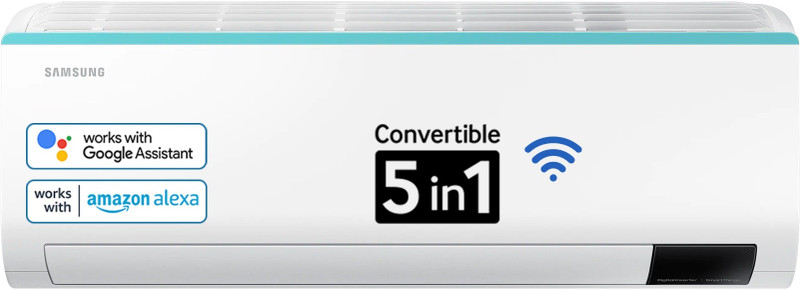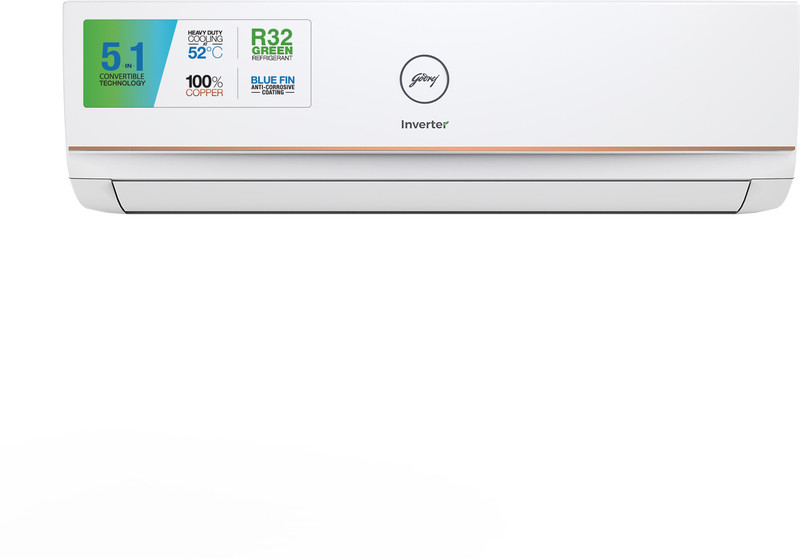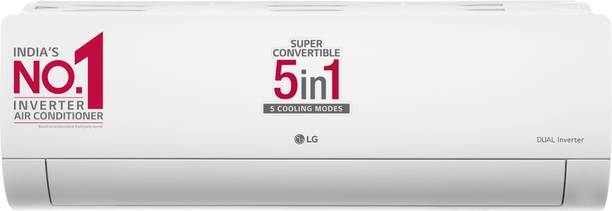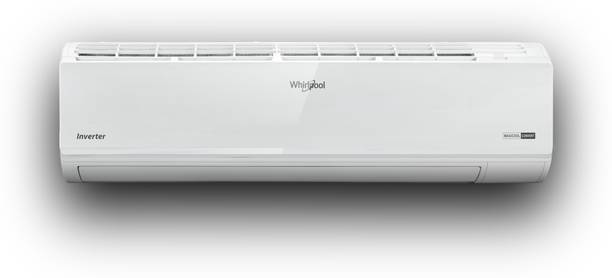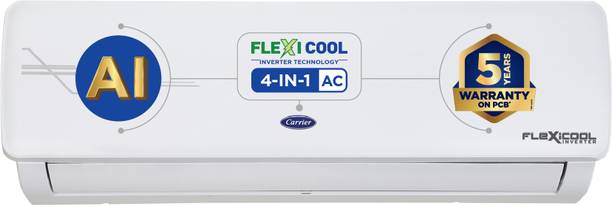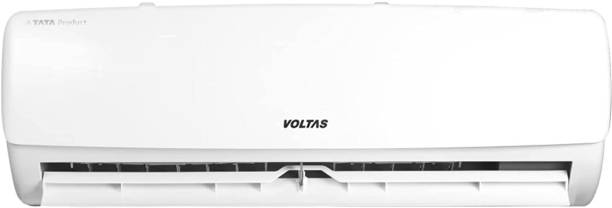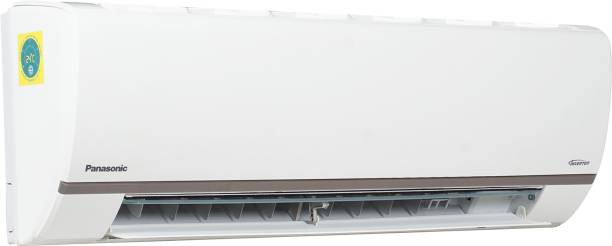
With the scorching heat of summer, an air conditioner becomes an essential appliance in many Indian households. As energy costs rise, understanding the power consumption of your air conditioner is crucial for managing your electricity bills effectively. In this article, we will delve into the power consumption of a 1-ton AC per hour in India, providing you with insights to make informed decisions and optimize energy usage while staying cool and comfortable.
1-Ton AC and Power Consumption:
First, let’s clarify what we mean by a 1-ton AC. The term “ton” in the context of air conditioners refers to the cooling capacity rather than its weight. A 1-ton AC is designed to cool a specific area, typically around 120-140 square feet.
When it comes to power consumption, air conditioners are rated in terms of their wattage, which indicates the amount of electricity they consume. The power consumption of a 1-ton AC can vary depending on several factors, including the energy efficiency of the model, the temperature settings, the outside temperature, and the usage patterns.
1 Ton AC Average Power Consumption in 1 Hour:
On average, a 1-ton AC in India consumes approximately 0.8 to 1.2 units of electricity per hour, depending on various factors mentioned above. It’s important to note that this is an estimated range, and the actual power consumption may vary.
Most Power Efficient 1 Ton AC’s
Calculating Energy Consumption of AC:
To get an estimate of the energy consumption and related costs, you can multiply the wattage of the AC by the number of hours it runs. For example, if your 1-ton AC consumes 800 watts per hour and runs for 8 hours a day, the daily energy consumption would be 800 x 8 = 6,400 watt-hours or 6.4 kilowatt-hours (kWh) aka 6.4 Units.
To calculate the cost, you can multiply the energy consumption by the electricity rate per kWh charged by your utility provider. The electricity rates in India can vary depending on the state and the tariff slab you fall under. As of writing this article, the average electricity rate in India ranges from Rs. 4 to Rs. 8 per kWh, but it’s advisable to check with your local utility provider for the current rates.
Power Consumption Factors Of 1 Ton AC
- Star Rating and ISEER: In India, air conditioners are assigned star ratings based on their energy efficiency, with higher ratings indicating better efficiency. The ISEER value, prominently displayed on ACs, quantifies the energy efficiency more accurately by considering seasonal variations in performance.
- Climate Conditions: The external temperature and humidity levels impact the workload on an AC. In hot and humid regions, the AC may need to work harder and consume more power to maintain the desired indoor environment.
- Thermostat Settings: The temperature at which you set your AC affects its power consumption. Lower thermostat settings necessitate more energy for cooling, leading to higher power consumption.
Tips for Optimizing Energy Usage:
While understanding the power consumption of your 1-ton AC is important, implementing energy-saving practices can further reduce your electricity bills. Here are a few tips to optimize energy usage:
- Set the temperature wisely: Avoid setting the temperature too low. Each degree lower can significantly increase energy consumption.
- Use energy-saving features: If your AC has energy-saving modes or timers, utilize them to optimize cooling and reduce unnecessary usage.
- Maintain proper insulation: Ensure that your room is properly insulated to minimize heat transfer from outside, allowing the AC to work more efficiently.
- Regular maintenance: Clean or replace the AC filters as recommended to ensure smooth airflow and efficient cooling.
- Consider inverter technology: Upgrading to an inverter AC can offer better energy efficiency as it adjusts the cooling capacity according to the room’s needs.
Conclusion:
Understanding the power consumption of a 1-ton AC per hour in India allows you to make informed decisions about your energy usage and manage your electricity bills effectively. While the average power consumption is around 800-900 watts per hour, it’s important to consider factors such as energy efficiency, temperature settings, and usage patterns.
By implementing energy-saving practices and considering energy-efficient models, you can optimize your cooling experience while keeping energy consumption in check. With a little awareness and conscious efforts, you can enjoy a cool and comfortable environment while minimizing your ecological footprint and reducing

